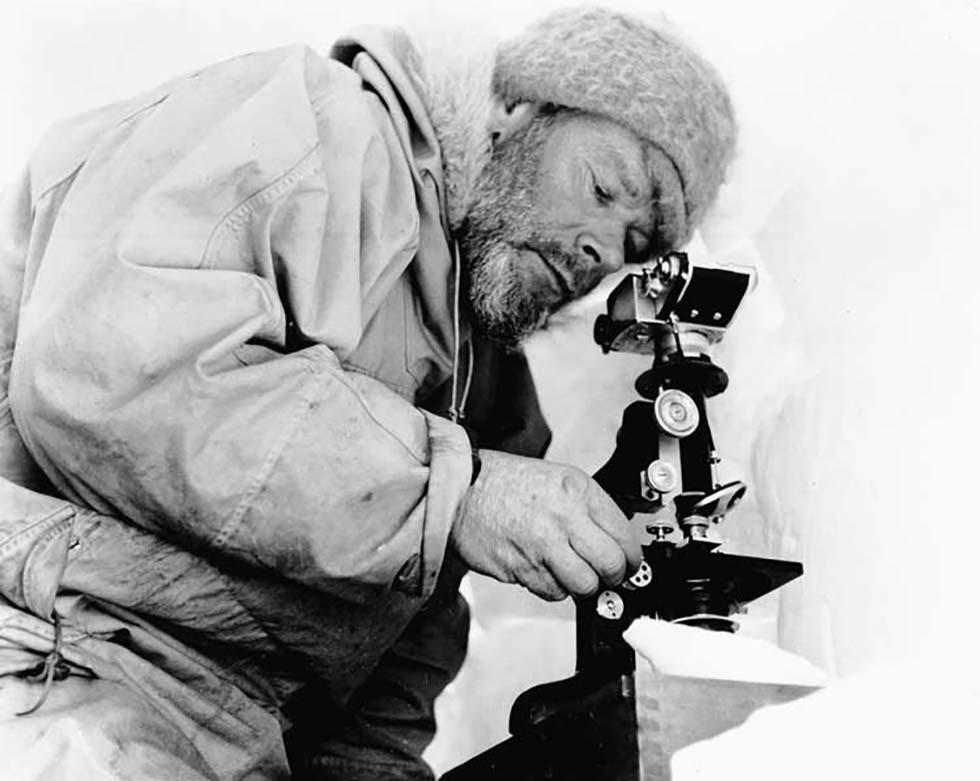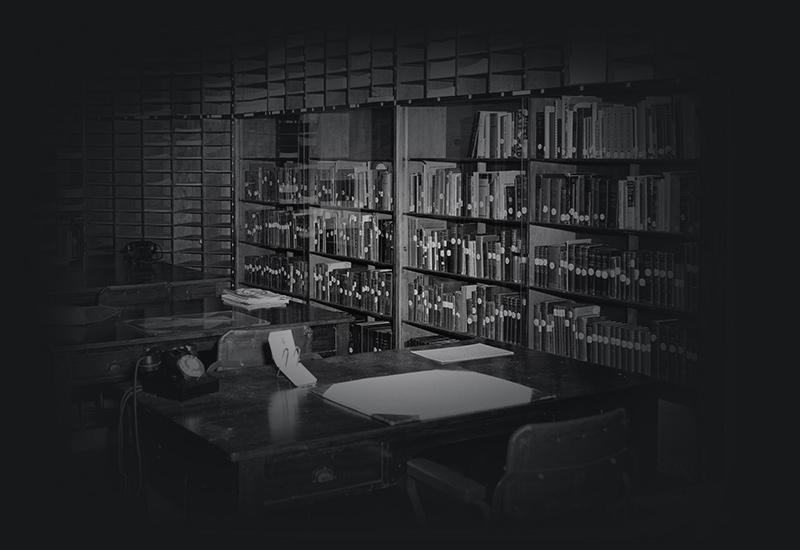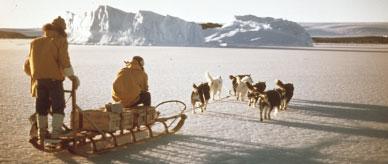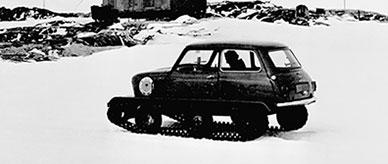


About this record
This is a black-and-white photograph showing a man studying and photographing ice and snow crystals at Mawson station in Antarctica in 1966.
Educational value
- Shows the icy landscape near Mawson station in Antarctica – Mawson is now one of the longest continuously operating stations in Antarctica and the oldest south of the Antarctic Circle; in 1954 a party of ten Australians landed at Mawson and erected numerous permanent buildings, including living quarters and a carpenter's shop, and the base had expanded by 1956 to include Antarctica's first aircraft hangar; the base is still lived in by many Australian scientists and researchers who continue to carry out meteorological and biological work; the construction of Mawson base was also politically advantageous – a permanently occupied base in Antarctica was an important distinction in Australia's claim for ownership of the land.
- Portrays a scientific researcher examining snow and ice crystals – in the 1960s and 70s, research was conducted into radio wave propagation in the Antarctic ionosphere, by examining the electromagnetic properties of the Antarctic ice sheet.
- Depicts the study of snow and ice crystals through what is probably a common optical microscope with attached camera – since the 1960s there has been concern about the stability of Antarctic ice sheets and the influence of global warming on their permanence; studies of the West Antarctic Ice Sheet, which comprises 13 per cent of Antarctica's total volume of ice, indicate that if it melted completely, the world's ocean levels would rise by as much as 5 metres, over several centuries.
- Depicts scientific analysis being undertaken in the environment – glaciology was one of many scientific studies carried out in Antarctica and was concerned with the movements and formation of the Antarctic ice sheets and how ice forms and accumulates; these studies led to the discovery of subglacial lakes, and in the 1960s and 1970s substantial research was carried out mapping subglacial topography in Antarctica.
- Shows what is possibly research into the temperature and salinity of sea ice – wintertime oceanographic measurements of sea ice, its temperature, salinity and movement, were carried out during the 1960s in Antarctica.
- Portrays one of the many scientific tasks still being carried out at Mawson in 1966 – Mawson was the first large station built specifically for scientific research; it was built to coincide with the International Geophysical Year (IGY), which prompted international collaborative research about Antarctica and its environment, where previous polar research had focused on the Arctic.
- Depicts the clothing necessary for Antarctica, including a hat and thick jacket – Mawson station is subject to extreme conditions of both wind and temperature, with the average monthly temperature in August dropping to -20° Celsius, although temperatures can sometimes drop as low as -36°; Mawson station was also established in one of the windiest known areas in the world – wind speeds of over 200 miles per hour (322 km per hour) have been recorded.
- Illustrates the thickness of the ice that surrounds the scientist – from April to December each year Mawson station is surrounded by sea ice, which can be as thick as a metre and several hundred kilometres long.
Acknowledgments
Learning resource text © Education Services Australia Limited and the National Archives of Australia 2010.
Related themes
Need help with your research?
Learn how to interpret primary sources, use our collection and more.


